As you age, it’s common to experience physical limitations that can make it difficult to navigate your home. Whether it’s due to a chronic condition, injury, or simply the natural aging process, adapting your living space can help you maintain your independence and quality of life. Home modifications can range from simple adjustments to major renovations, and can make a big difference in your ability to move around your home safely and comfortably.
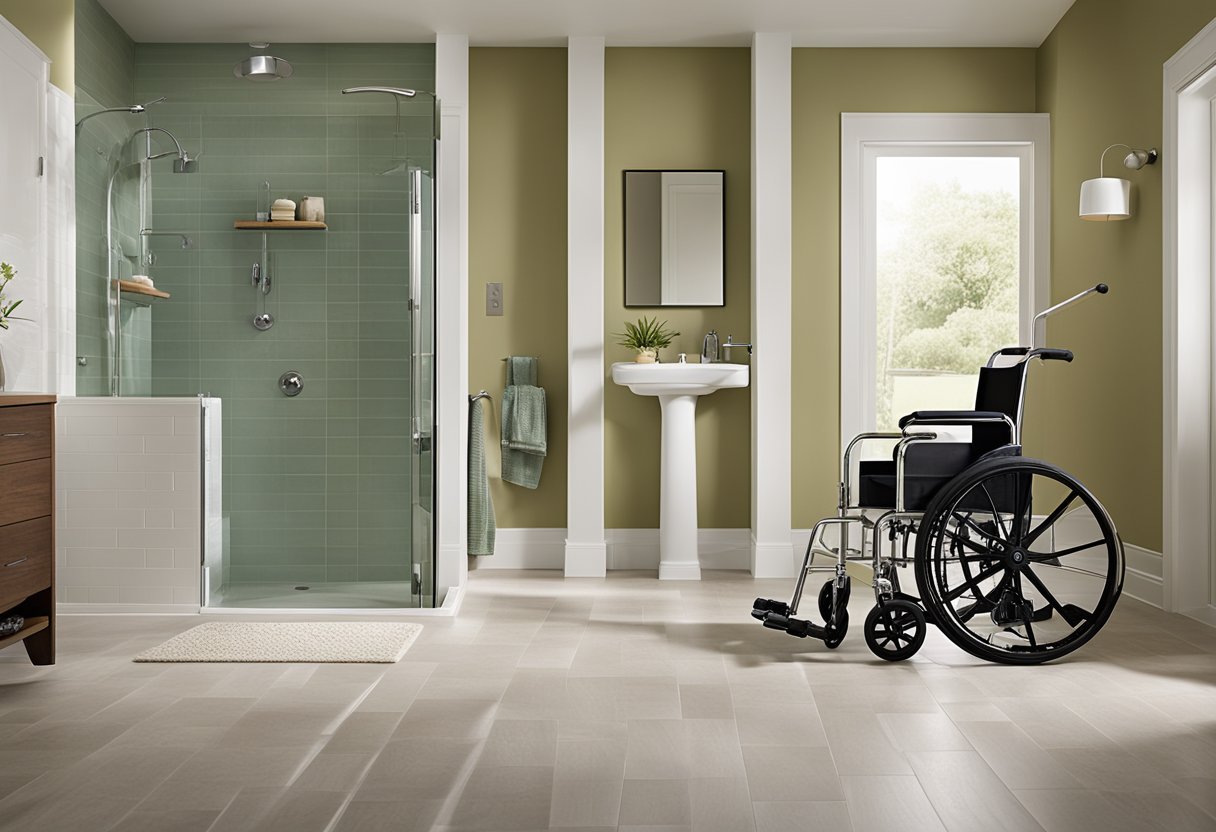
One of the most important things to consider when adapting your home is your mobility. If you have trouble walking or standing for long periods, you may need to install grab bars or handrails in key areas like the bathroom or stairways. You may also want to consider replacing high-pile carpeting with low-pile flooring, which can make it easier to move around with a walker or cane. Other modifications to consider include widening doorways, installing ramps or lifts, and adjusting the height of countertops and cabinets to make them more accessible.
Another important aspect of home modifications is safety. Falls are a leading cause of injury among older adults, so it’s important to take steps to reduce your risk. In addition to installing grab bars and handrails, you may want to consider adding non-slip mats or treads to slippery surfaces like stairs and bathroom floors. You may also want to install motion-sensor lights in key areas to help you navigate your home safely at night. By taking these steps, you can create a safer, more comfortable living environment that will allow you to age in place with confidence.
Understanding Physical Limitations with Age
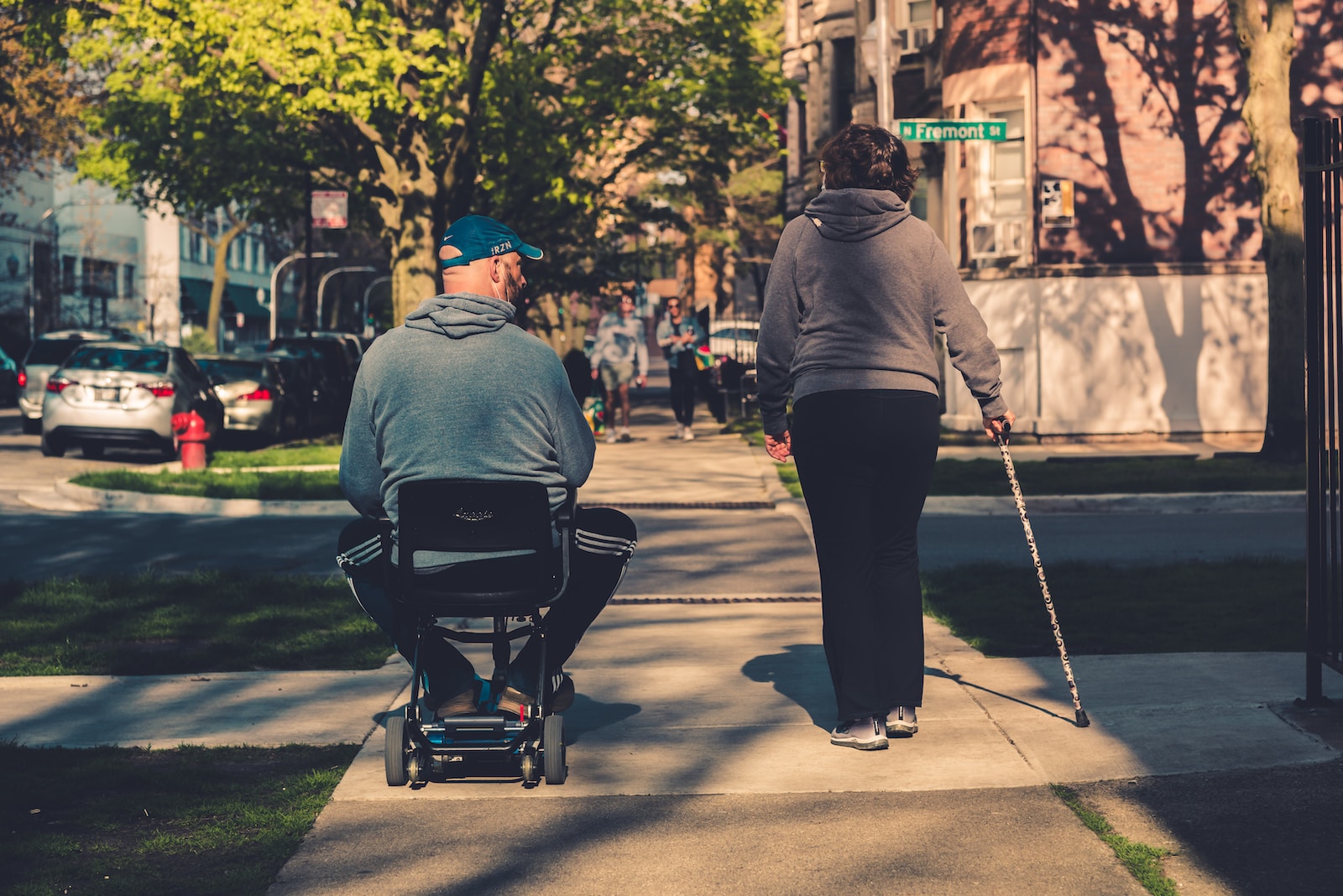
As you age, it’s common to experience physical limitations that can make everyday tasks more difficult. These limitations can be caused by a variety of factors, including chronic conditions, injuries, and the natural aging process. Understanding these limitations is an important first step in adapting your home to meet your changing needs.
Some common physical limitations that can occur with age include:
- Reduced mobility: This can be caused by conditions such as arthritis, Parkinson’s disease, or stroke, as well as natural age-related changes to muscles and joints.
- Decreased strength: Muscle mass naturally declines with age, which can make it harder to lift heavy objects or perform physically demanding tasks.
- Poor balance: Changes to the inner ear and other factors can make it harder to maintain balance and prevent falls.
- Reduced vision: Age-related changes to the eyes can make it harder to see clearly, especially in low light conditions.
It’s important to note that everyone’s experience with physical limitations is unique. Some people may experience only minor changes, while others may face more significant challenges. Regardless of your individual situation, there are steps you can take to adapt your home and make it safer and more comfortable.
In the next section, we’ll explore some of the specific modifications you can make to your home to help you overcome physical limitations and maintain your independence.
Identifying Home Modification Needs
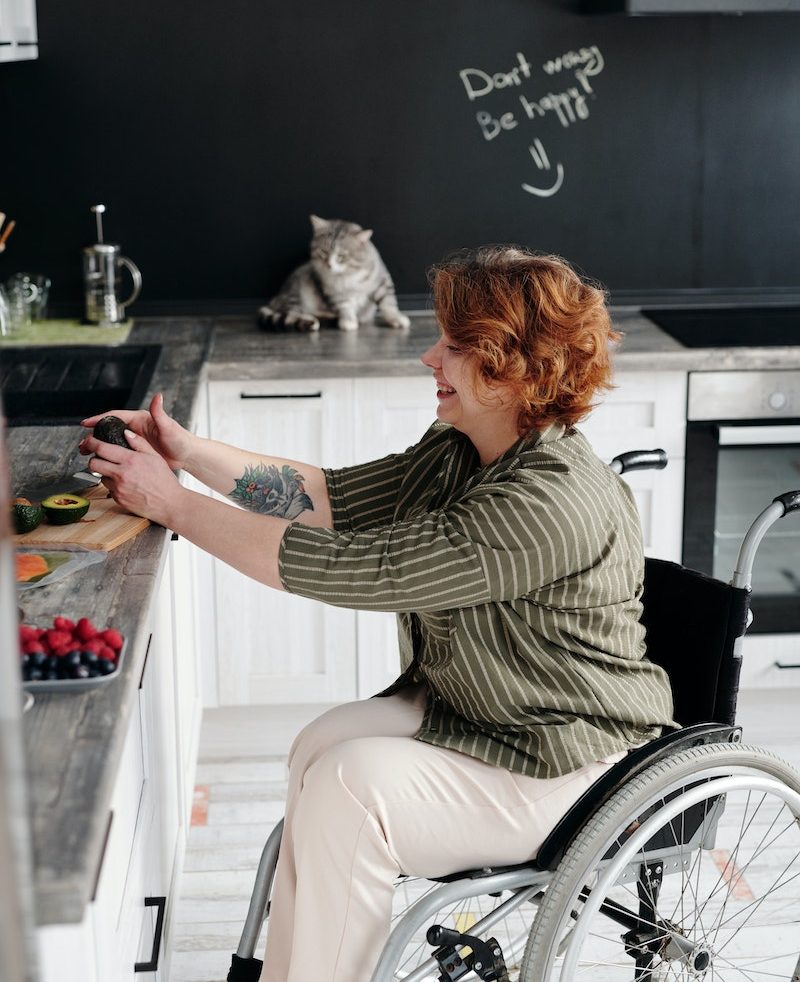
As you age, it’s important to make sure your home is safe and comfortable. Identifying and addressing potential home modifications early on can help you maintain your independence and quality of life. Here are some things to consider when identifying home modification needs:
Assess Your Needs
The first step in identifying home modification needs is to assess your current abilities and limitations. Think about the tasks that you do every day, and consider whether any of them have become difficult or unsafe. For example, do you have trouble getting in and out of the bathtub? Do you have difficulty reaching high shelves or cabinets? Make a list of the areas in your home where you could use some assistance.
Prioritize Your Modifications
Once you’ve identified your needs, prioritize them based on their importance. Some modifications may be more urgent than others, so it’s important to address them in order of priority. For example, if you have trouble getting in and out of the bathtub, this may be a higher priority than installing grab bars in the hallway.
Get Professional Help
Home modifications can be complex, so it’s important to get professional help when needed. Consider hiring an occupational therapist or a contractor who specializes in home modifications. They can help you identify your needs, prioritize modifications, and ensure that the modifications are done safely and effectively.
Consider Your Budget
Home modifications can be expensive, so it’s important to consider your budget when identifying your needs. Some modifications may be covered by insurance or government programs, so be sure to explore your options. You may also be able to make some modifications yourself, such as installing grab bars or adding non-slip mats to your floors.
By identifying your home modification needs early on, you can maintain your independence and quality of life as you age. Remember to assess your needs, prioritize your modifications, get professional help when needed, and consider your budget.
Essential Home Modifications
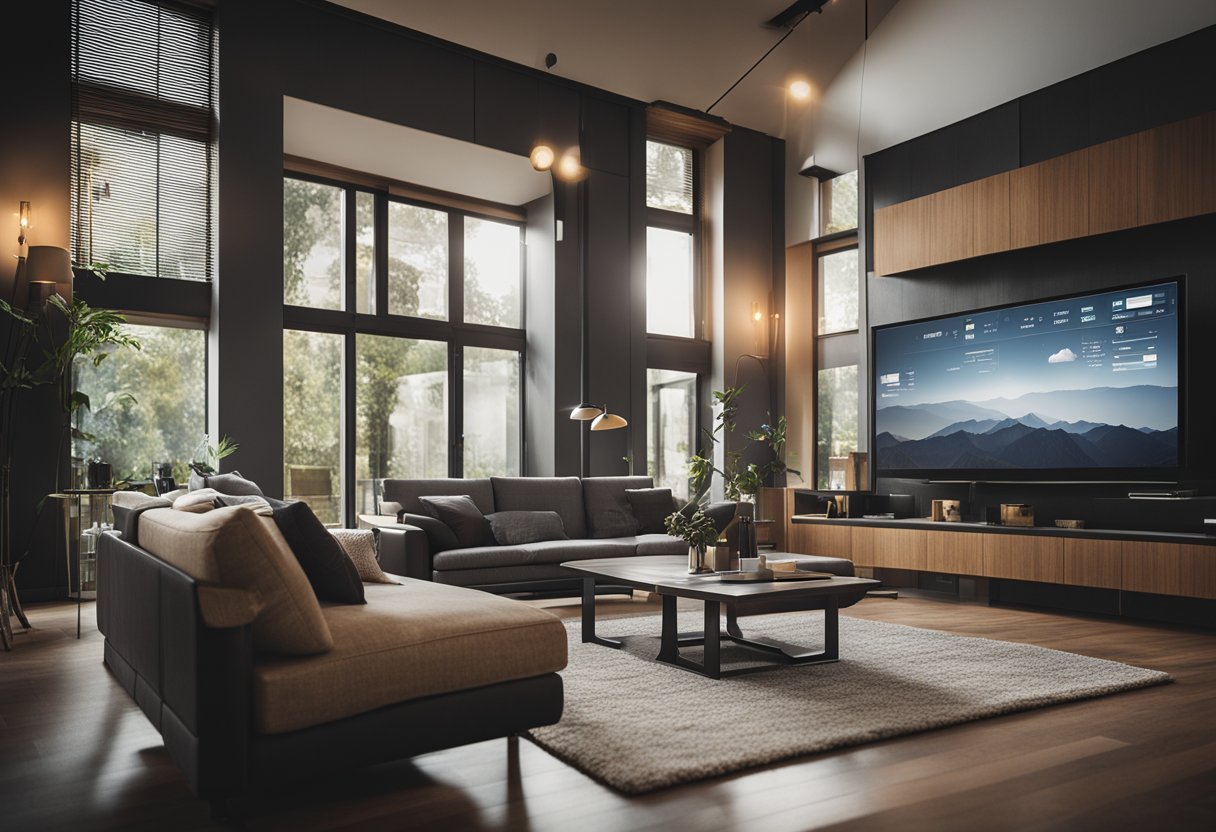
As you age, it may become necessary to modify your home to accommodate physical limitations. Here are some essential home modifications to consider:
Entrance Modifications
Making modifications to your home’s entrance can help make it easier to enter and exit your home. Consider the following:
- Installing a ramp or lift to eliminate stairs
- Widening doorways to accommodate mobility devices
- Adding handrails to both sides of the entrance
Bathroom Modifications
Bathrooms can be a challenging area for those with physical limitations. Here are some modifications to consider:
- Installing grab bars near the toilet and in the shower or tub
- Adding a shower bench or chair
- Installing a raised toilet seat
- Widening doorways to accommodate mobility devices
Kitchen Modifications
The kitchen is an essential area of the home, but it can be difficult to navigate with physical limitations. Consider the following modifications:
- Lowering countertops and cabinets to make them more accessible
- Installing pull-out shelves and drawers
- Adding lever handles to faucets and cabinet doors
- Widening doorways to accommodate mobility devices
Living Area Modifications
Your living area should be a comfortable space where you can relax and move around with ease. Here are some modifications to consider:
- Removing or securing loose rugs and carpets to prevent tripping hazards
- Installing handrails on stairs and in hallways
- Adding additional lighting to improve visibility
- Widening doorways to accommodate mobility devices
By making these essential home modifications, you can adapt your home to your physical limitations and continue to live independently with ease.
Adaptive Tools and Equipment

As you age, physical limitations can make it difficult to carry out daily tasks. However, with the help of adaptive tools and equipment, you can continue to live independently and comfortably. Here are some tools and equipment that can help you adapt to physical limitations:
Mobility Aids
Mobility aids can help you move around your home safely and comfortably. Some common mobility aids include:
- Canes: Canes provide extra support and stability when walking. They come in a variety of styles, including quad canes, offset canes, and folding canes.
- Walkers: Walkers provide more support and stability than canes. They come in two-wheeled and four-wheeled varieties and can be folded for easy storage.
- Wheelchairs: Wheelchairs can be manual or electric and are ideal for those who have difficulty walking or standing for long periods of time.
Assistive Technology
Assistive technology can help you perform daily tasks more easily. Here are some examples:
- Grab bars: Grab bars can be installed in your bathroom to help you get in and out of the shower or bathtub safely.
- Stair lifts: Stair lifts can be installed on your staircase to help you move up and down the stairs safely.
- Lever handles: Lever handles are easier to use than traditional doorknobs and can make it easier to open doors throughout your home.
- Voice-activated assistants: Voice-activated assistants like Amazon Alexa or Google Home can help you control your home’s lighting, temperature, and other smart devices without having to physically interact with them.
By incorporating these adaptive tools and equipment into your home, you can continue to live independently and comfortably as you age.
Hiring Professionals for Home Modifications

Making modifications to your home can be a daunting task, especially if you have physical limitations. While some modifications can be done on your own, others require the expertise of professionals. Here are some tips for hiring professionals to help with your home modifications:
- Research: Do your research before hiring any professionals. Look for companies that specialize in home modifications for seniors or those with physical limitations. Read reviews and ask for references from friends and family.
- Experience: Look for professionals who have experience working with clients with similar needs to yours. They will have a better understanding of the modifications required and will be able to provide better solutions.
- Certification: Make sure the professionals you hire are certified and licensed. This ensures that they have the necessary training and knowledge to perform the modifications safely and effectively.
- Communication: Communication is key when it comes to home modifications. Make sure you communicate your needs and concerns clearly with the professionals you hire. This will help them provide the best solutions for your specific situation.
- Cost: Home modifications can be expensive, so make sure you get multiple quotes from different professionals. Don’t be afraid to negotiate and ask for discounts or payment plans if needed.
Remember, the goal of home modifications is to make your life easier and more comfortable. Hiring professionals who are experienced, certified, and good communicators can help ensure that your modifications are done right the first time.
Financial Assistance for Home Modifications

Making home modifications to adapt to physical limitations can be expensive, but there are financial assistance programs available to help you cover the costs. Here are some options to consider:
- Medicaid: If you are eligible for Medicaid, you may be able to get coverage for home modifications that are medically necessary. This can include ramps, grab bars, and other modifications that help you stay safe and independent in your home.
- Veterans Affairs (VA): If you are a veteran, you may be eligible for assistance from the VA to help cover the cost of home modifications. This can include ramps, stair lifts, and other modifications that help you live independently.
- Nonprofit organizations: There are many nonprofit organizations that provide financial assistance for home modifications. These organizations may have specific eligibility requirements, so be sure to check with each one to see if you qualify.
- State and local programs: Some states and local governments offer financial assistance programs for home modifications. These programs may have income or age requirements, so be sure to check with your state or local government to see what options are available.
- Home equity loans: If you own your home, you may be able to take out a home equity loan to pay for home modifications. This can be a good option if you have equity in your home and can afford to make the monthly payments.
- Grants: There are many grants available to help cover the cost of home modifications. These grants may be offered by nonprofit organizations, government agencies, or private foundations. Be sure to check with each one to see if you qualify.
Remember, it’s important to do your research and explore all of your options before making a decision. With the right financial assistance, you can make the necessary modifications to your home and continue to live safely and independently as you age.
Maintaining a Safe and Comfortable Home

As you age, it’s important to make sure your home is safe and comfortable. Here are some tips for maintaining a safe and comfortable home:
Lighting
Good lighting is essential for maintaining a safe home. Make sure all areas of your home are well-lit, especially stairways, hallways, and entryways. Consider installing motion-activated lights in high-traffic areas to make sure you always have enough light to see.
Flooring
Slippery floors can be dangerous, especially if you have mobility issues. Consider replacing any slick flooring with non-slip options, such as carpet or slip-resistant tile. If you have area rugs, make sure they are secured with non-slip pads to prevent slips and falls.
Bathroom Modifications
The bathroom can be one of the most dangerous areas in the home. Consider installing grab bars near the toilet and in the shower or bathtub to help prevent falls. You may also want to consider installing a raised toilet seat and a shower chair to make bathing easier and safer.
Kitchen Modifications
The kitchen can also pose a risk for falls and accidents. Make sure all cabinets and drawers are easy to reach and open. Consider installing pull-out shelves and lazy susans to make items more accessible. You may also want to consider installing a wall oven and lowering the height of countertops to make cooking easier and safer.
By making these home modifications, you can maintain a safe and comfortable home as you age.
Conclusion
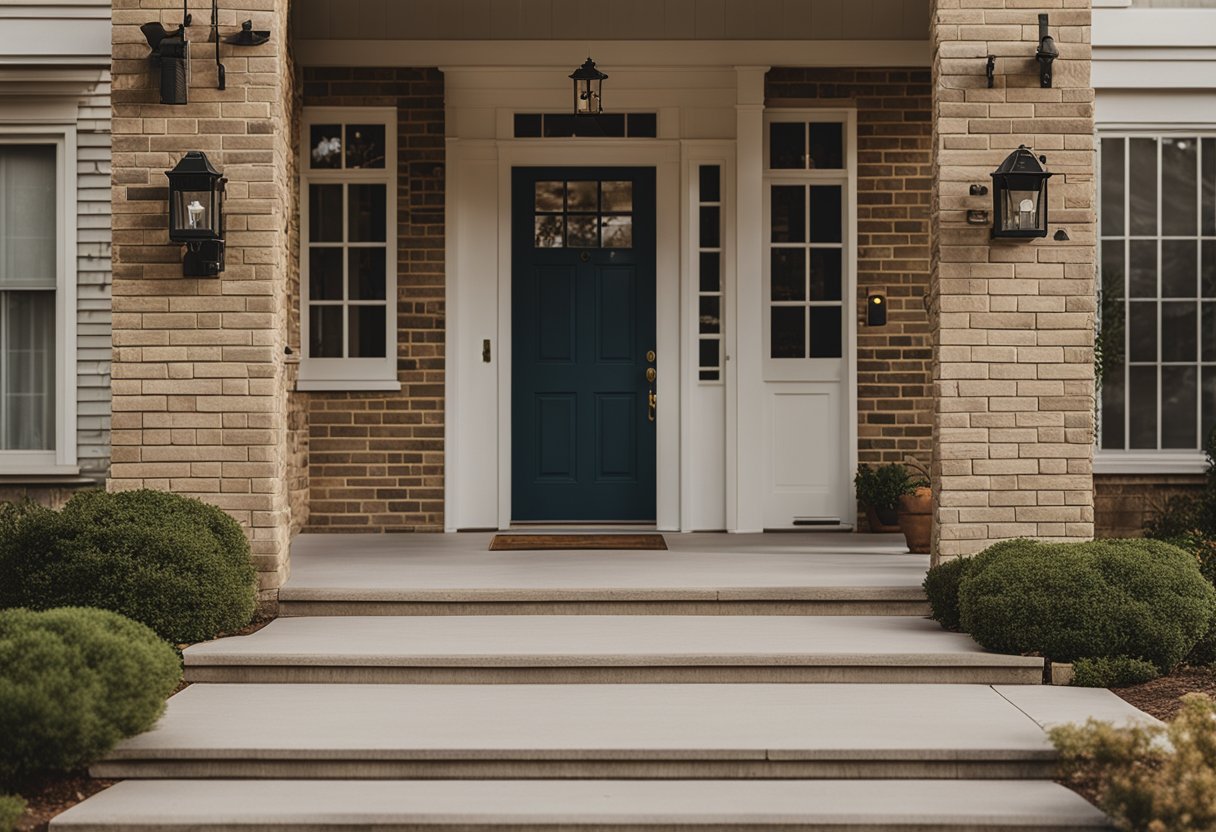
Making home modifications to adapt to physical limitations while aging can greatly improve your quality of life and independence. By making simple changes to your home, you can reduce the risk of falls, improve accessibility, and increase your overall comfort.
Remember to prioritize safety when making modifications, and consult with professionals if you are unsure about the best approach. Consider your individual needs and preferences when selecting modifications, and don’t be afraid to ask for help if needed.
With the right modifications, you can continue to enjoy your home and maintain your independence as you age. So take the necessary steps to make your home safe and accessible, and enjoy the benefits of aging in place.
Rod Barnes
Rod Barnes has authored several websites with a wide variety of subjects.
He is a Vietnam Veteran with broad experience in business. He is especially interested in providing resources for our aging population.